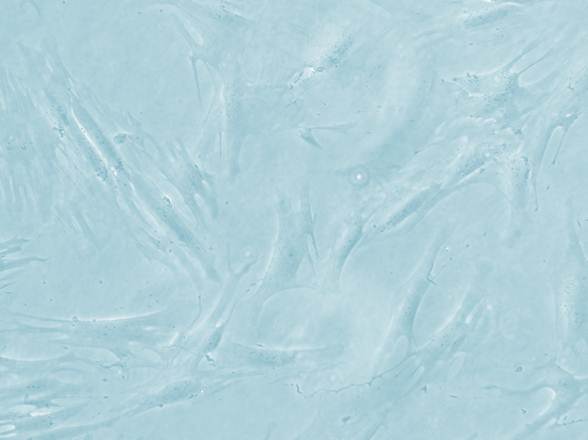Another Study Shows the Superiority of Bone Marrow as a Source for Stem Cells used in Cartilage Repair
Yet another study that shows that bone marrow derived cells are more cartilage produicing than adipose (fat) derived stem cells. This study also showed bone marrow cells were better than those obtained from periosteum (covering of a bone), synovium (the lining of a joint), adipose (fat), and muscle. The authors concluded: “The bone-marrow-MSCs produced much more cartilage matrix than that of other groups. Gross and histological grading scale indicates that the defects repaired by MSCs isolated from bone marrow are superior to that repaired by MSCs isolated from periosteum, synovium, adipose tissue, and muscle (p < 0.05).” We’re not wed to one stem cell source, but try to match the source of stem cells to the patient’s problem. For example, we’ve noted that adipose tissue is great for a structural graft that happens to contain stem cells (for example to buttress a failing knee meniscus). Bone marrow stem cells are best to help joints heal or areas where you need to establish new blood supply. Finally, blood derived stem cells work great for things like rotator cuff repair, meniscus tears, ligament/tenson injuries, etc... Again, having lot’s of tools in the tool box always benefits the patient more than only having one!

If you have questions or comments about this blog post, please email us at [email protected]
NOTE: This blog post provides general information to help the reader better understand regenerative medicine, musculoskeletal health, and related subjects. All content provided in this blog, website, or any linked materials, including text, graphics, images, patient profiles, outcomes, and information, are not intended and should not be considered or used as a substitute for medical advice, diagnosis, or treatment. Please always consult with a professional and certified healthcare provider to discuss if a treatment is right for you.
